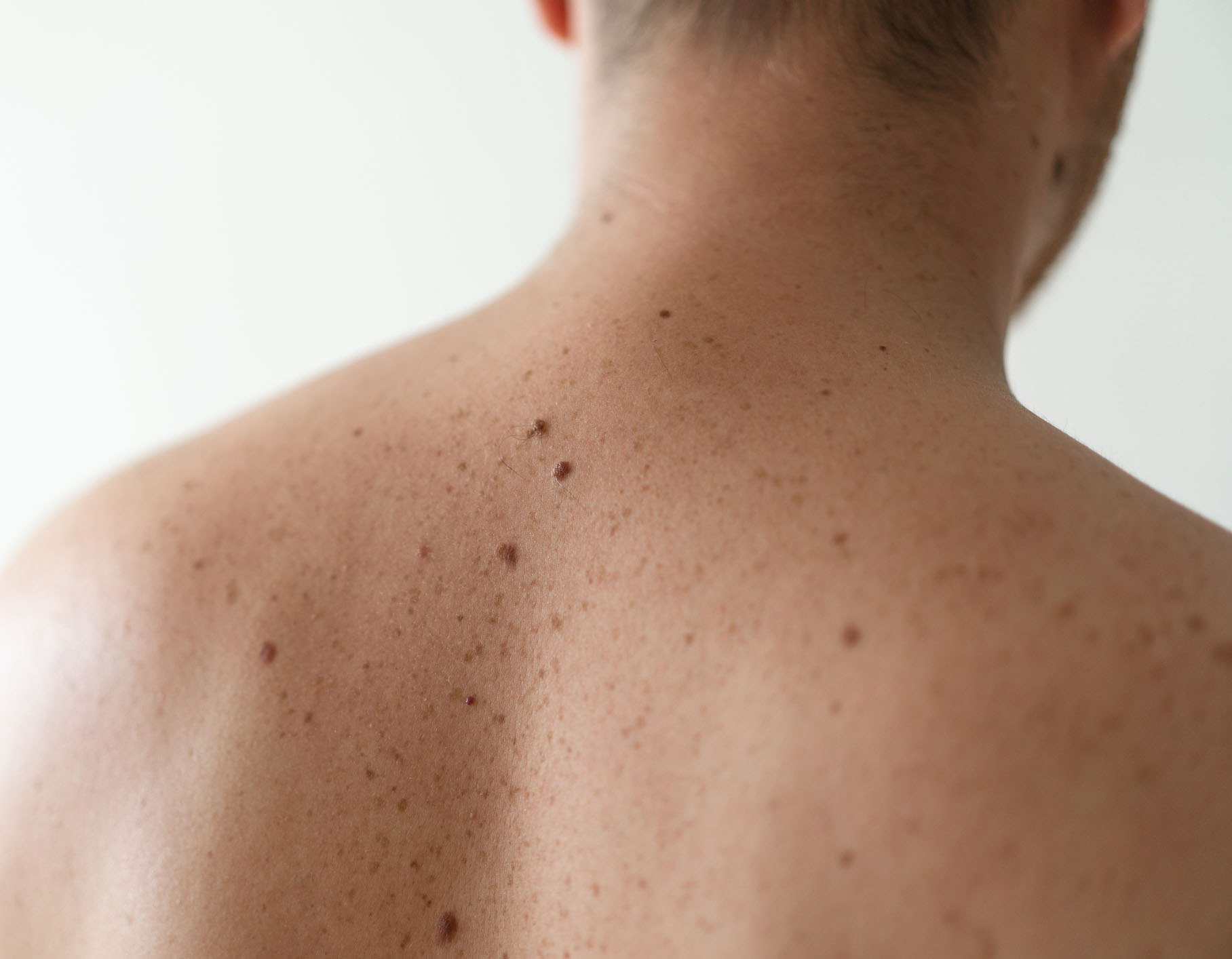
I have a particular interest in the diagnosis and treatment of skin cancer and I work within a specialist melanoma clinic - so not surprisingly I perform a lot of skin checks! Patients will either come to see me because they have noticed a particular skin lesion that they are concerned about or because they would like a general check to ensure nothing is missed.
I will begin the consultation by asking you some questions about what you have noticed on the skin - that might be a new mole or change in the appearance of an existing skin lesion. I will then ask you some more general questions about your general health and whether you or any family member has had skin cancer.
I will generally start by checking any skin lesions that you have noticed. If you are female, a female nurse chaperone will be present should you need to undress. You are also welcome to request a chaperone if you are male. I will use a dermatoscope - a microscope that allows me to examine skin lesions at high resolution. Different skin lesions exhibit characteristic patterns when viewed with the dermatoscope and this helps me to make an accurate diagnosis.
If you would like me to perform a full skin check, I will perform a systematic examination of your skin - starting from the head and neck and working through all body areas. Often I will ask your permission to take dermatoscopic (microsope) photographs of any skin lesions of concern in order that the appearance is recorded in your patient record. If you have a large number of moles I may arrange for you to have mole mapping photographs performed by a medical photographer in order that we can monitor for any changes in the future.
During a skin check I am looking firstly for skin cancer, secondly for any precancerous changes and finally for any other skin conditions that might be present.

Melanoma is the most serious form of skin cancer and may arise either within a pre-existing mole or in an area of normal skin. I will carefully examine any moles of concern with a dermatoscope. The diagnosis of melanoma can be very obvious, however in some cases early melanoma may only be apparent through subtle irregularities of the pattern of pigmentation that are apparent with the dermatoscope.

Basal cell carcinoma is the most common form of skin cancer. It generally is not dangerous to your overall health, however it can cause extensive tissue damage if allowed to grow and therefore it is important that it is diagnosed early. Basal cell carcinoma usually has the appearance of a small, shiny lesion on the skin surface. You may notice it because it bleeds or does not heal. As for melanoma, basal cell carcinoma has characteristic appearances when examined with the dermatoscope that helps me to make a confident diagnosis.
Squamous cell carcinoma is less common than basal cell carcinoma, however it is more serious since it does carry a small risk of spreading elsewhere in the body. It usually presents as a fast-growing lump on the skin although occasionally appearances can be more subtle.
If I am concerned about a skin lesion then I may recommend a skin biopsy - either a sample of the lesion or the entire lesion is removed under local anaesthetic for analysis. I have advanced training in skin surgery and have performed thousands of skin biopsies so if this is required I can perform it with minimal discomfort and scarring.
The main reasons for attending for a skin check are if you notice a new or changing skin lesion or if you are at significantly increased risk of skin cancer. The purpose of a skin check is to identify skin cancer at the earliest possible stage when it can often be cured with minor surgical treatment alone.
The following groups of patients may benefit from regular skin checks:
Even if you are having regular skin checks with a dermatologist it is important that you monitor your own skin at home. I generally advise patients to perform a full skin check every few months - this has the benefit that you learn what is normal on your own skin and learn to recognise any change. An easy way to monitor for change is to take photographs of all of your skin (you will need help for some areas) and then repeat these photographs after a few weeks/months. If you notice any new skin lesions or any change in the appearance (size, shape, color) of existing skin lesions it is important that these are reviewed by a doctor.
Skin cancer can have the appearance of an irregular mole, a lump on the skin surface or a non-healing area of skin. However, if you have a lot of skin lesions it can be very difficult to know which you should be worried about. In this scenario I would generally adivse that you have a skin check with a dermatologist and then subsequently monitor for any change yourself.
To book an in person consultation, enter your details below and my practice management team will contact you to schedule the appointment. Alternatively call 0203 389 6076 (calls are answered during working hours) or email: contact@drmagnuslynch.com.